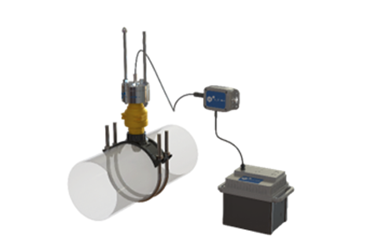9 Reasons Why Drinking Water Distribution System Monitoring Is Now Practical

Drinking water professionals and engineers understand that maintaining safe and high-quality water throughout the distribution system is a critical responsibility. Chlorine, the backbone of disinfection, ensures safety, but its effectiveness can falter in the complex network of pipes, tanks, and dead ends. Operators often lack real-time insight into the chlorine residual beyond the treatment plant, leaving customers vulnerable to issues such as water age, nitrification, or contamination events, which can lead to taste and odor complaints, boil-water notices, or even severe health risks, including Legionella outbreaks. Advances in chlorine analyzer and total chlorine analyzer technology have made real-time distribution monitoring not only feasible but also practical, offering early warnings, enhanced water quality, and efficiencies. Here are nine reasons why drinking water distribution system monitoring is now a technical possibility.
Get unlimited access to:
Enter your credentials below to log in. Not yet a member of Water Online? Subscribe today.
